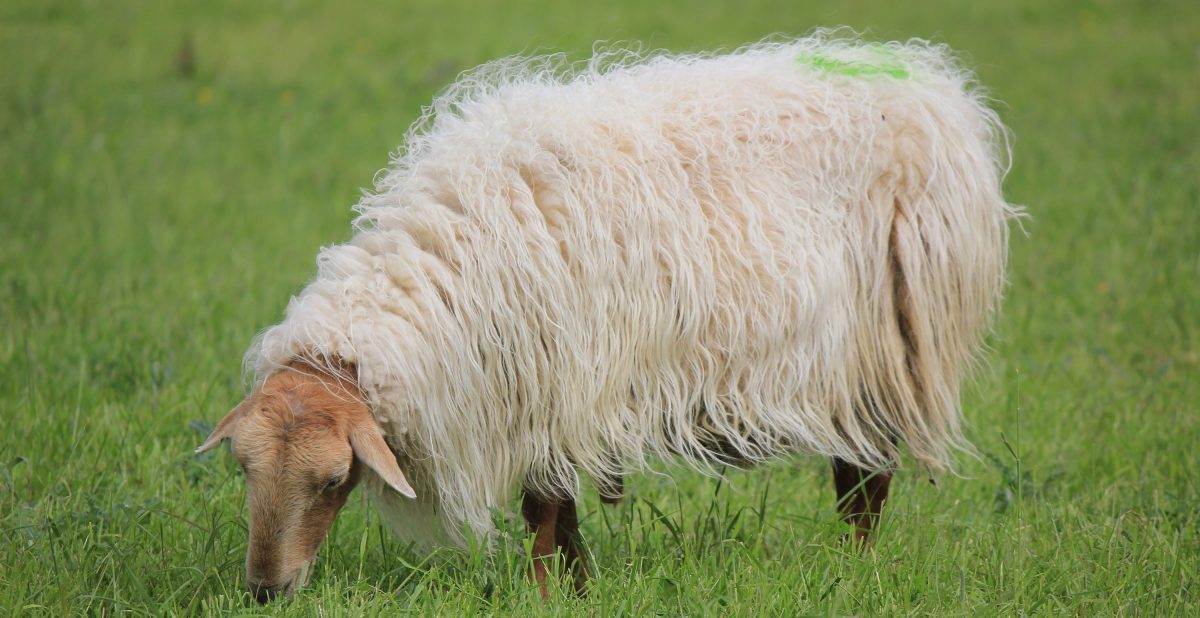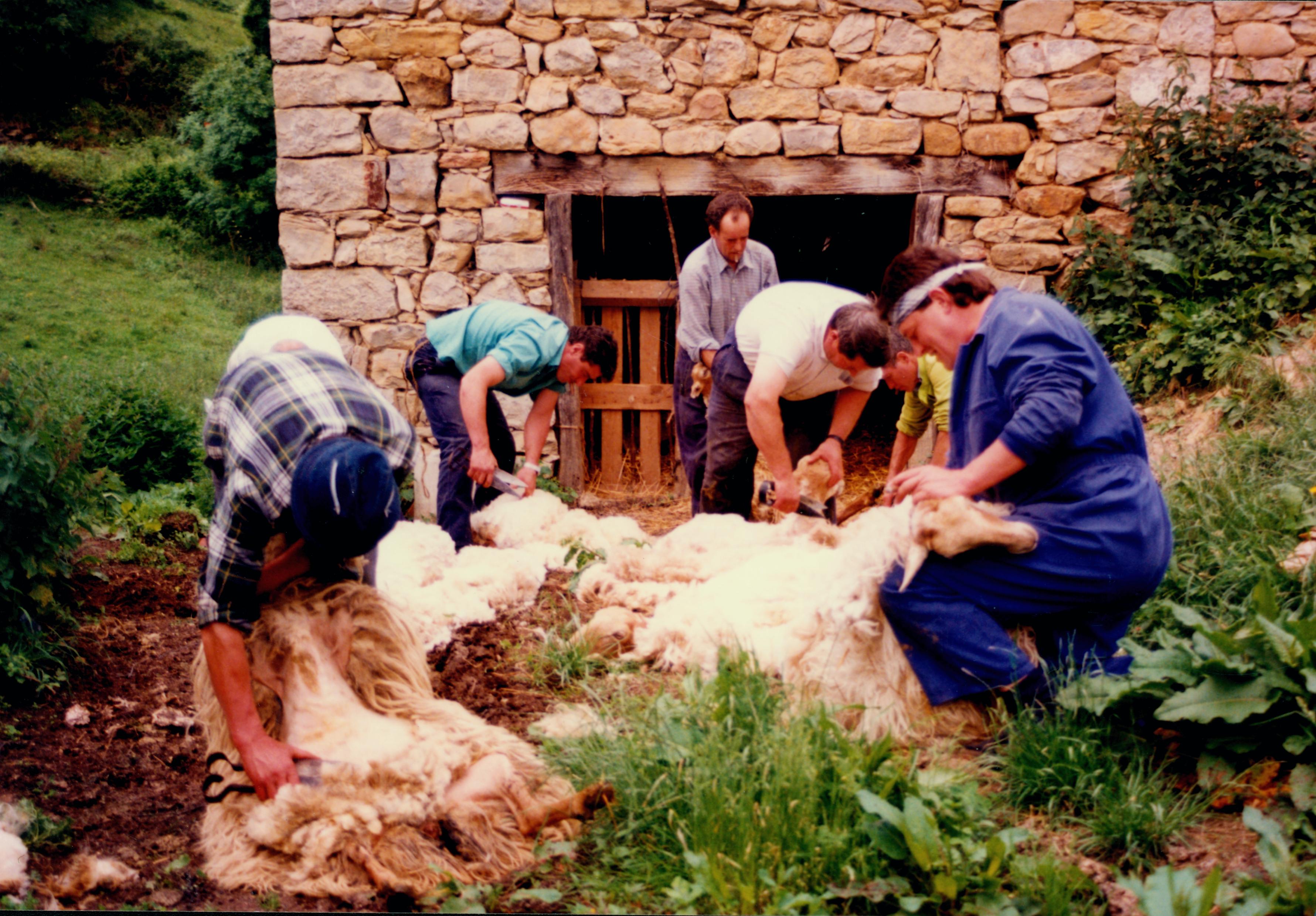Archives
A ‘consumer’ enters a shoe shop one morning and buys a pair of shoes. For reasons which escape us —perhaps prompted by coquetry, perhaps motivated by a hidden psychological need—, the shoes he buys are two sizes smaller than just right. After wearing them for two or three days his feet of course hurt, so he takes painkillers. But he continues to wear them. Days later his feet are covered in blisters, which he treats and covers with antiseptics and sticking plasters, but he still continues to wear his newest shoes. His battered feet get worse, so he decides to see the doctor. The blisters have become infected, so the doctor prescribes antibiotics. Treatment concludes, and yet his condition worsens. He sees the podiatrist, but his feet will not improve. His wounds may eventually turn gangrenous, so the surgeon decides to amputate. The amputee undergoes rehabilitation, is fitted with a pair of prosthetic feet especially designed by pioneering experts, and not without difficulty, learns to walk again. Next a team of renowned scientists build a new pair of bionic feet for him, which they connect to his nervous system using improved artificial intelligence, so in the end he is able to move quite naturally. (more…)

Slopes of Eneabe. Ubide (Bizkaia), December 1996. José Ignacio García Muñoz. Labayru Fundazioa Photographic Archive.
Spring-summer transhumance and transterminance, both implying movement of flocks to high pastures, were defined and dealt with in a previous post published on 17 May 2019.
With winter approaching, herds are brought down from the highlands, since adverse weather hamper the stay. And as the vegetative growth of grass stops or slows down due to cold winter temperatures, and there is not enough pasture in the lower valleys, herds are moved towards coastal areas, where milder temperatures prevail, or to warmer innermost regions of the country, such as the Royal Bardenas, frequented by most Pyrenean flocks, or even as far as Ebro Valley. (more…)

Climb to the mountain. Aia (Gipuzkoa), 1998. Antxon Aguirre.
Transhumance is the practice of moving livestock, mainly sheep, from one grazing ground to another in a seasonal cycle, typically to highlands in summer and lowlands in winter. And for good reason, because pasture and forage resources in certain geographical areas do not always match livestock needs throughout the year. Long-distance livestock routes are commonly known as cañadas, or altxonbideak in Lower Navarre and Zuberoa, whereas ardibideak, or simply bideak, are minor paths and tracks used to access the mountain from lower altitudes. (more…)





